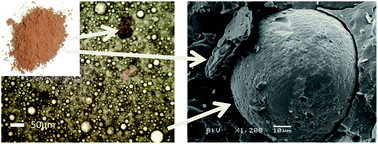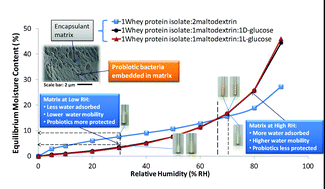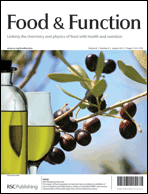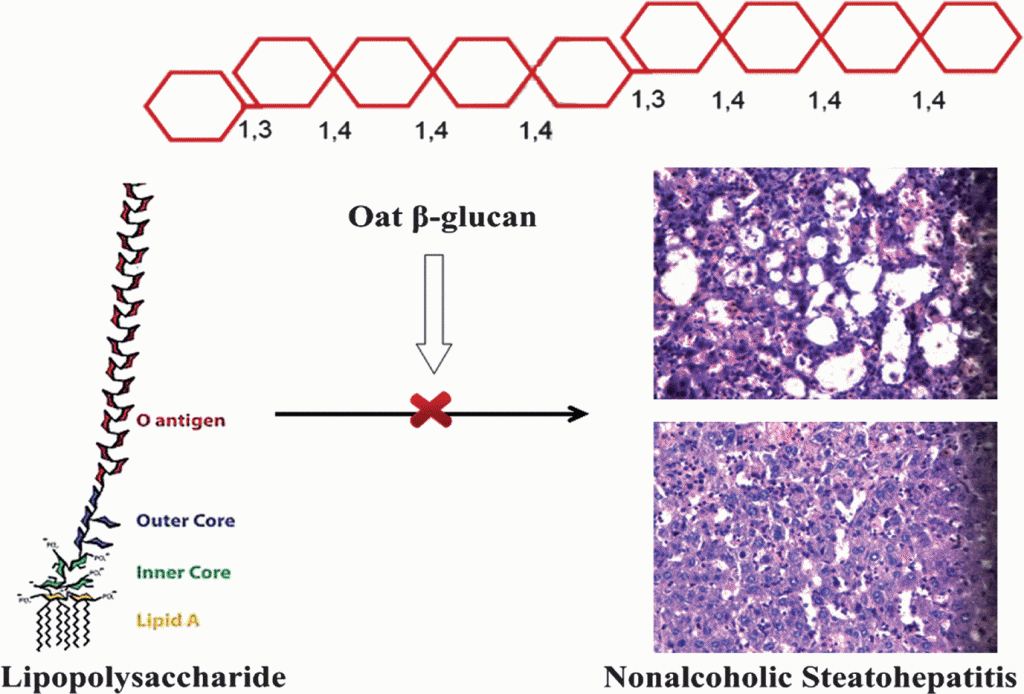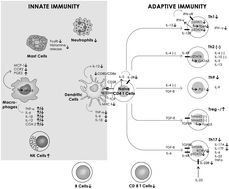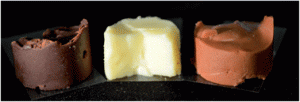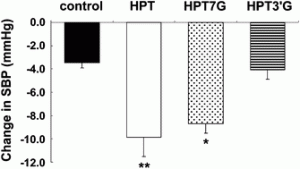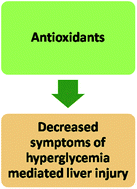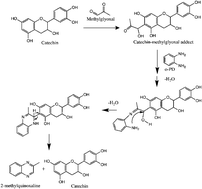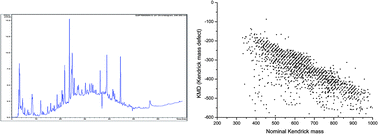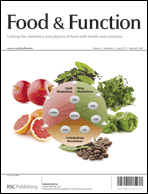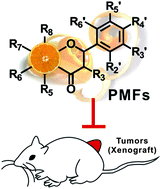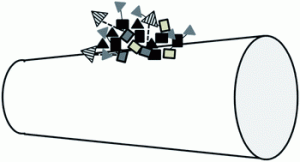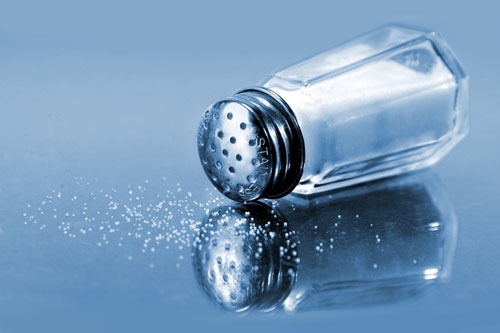
Excess salt in the diet can lead to serious health conditions such as heart attack or stroke. Image © Shutterstock.
Salt (NaCl) is an important ingredient in many foods as it increases microbial stability, enhances flavour, and can influence the structure of macromolecules. However, consuming too much salt can lead to various health conditions such as hypertension (which can lead to a stroke or heart disease), and increase in calcium excretion (leading to osteoporosis and kidney stones). Manufacturers have attempted to create low sodium foods by substituting NaCl with other molecules such as potassium chloride (KCl), NaGlu or yeast extracts. However, in order to design palatable foods with lower salt contents it is necessary to understand the phenomena occurring during the oral processing of salt.
In this paper, Serafim Bakalis and co-workers from University of Birmingham, UK, have investigated salt release from food using a gustometer-type model system. The results show that if salt can be released in pulses, via controlled destructuring during oral processing, then tasty and healthier low salt foods can be developed. This is easier to achieve in solid foods such as bread and cheese where salt can be partitioned between different regions due to the slow diffusion kinetics. However, it is still a challenge for liquid and soft solid foods, as the interfaces have to be specifically tailored to ensure that partitioning is maintained over time.
Modelling the human response to saltiness, Benjamin J. D. Le Reverend, Ian T. Norton and Serafim Bakalis, Food Funct., 2013, DOI: 10.1039/c3fo30106k


